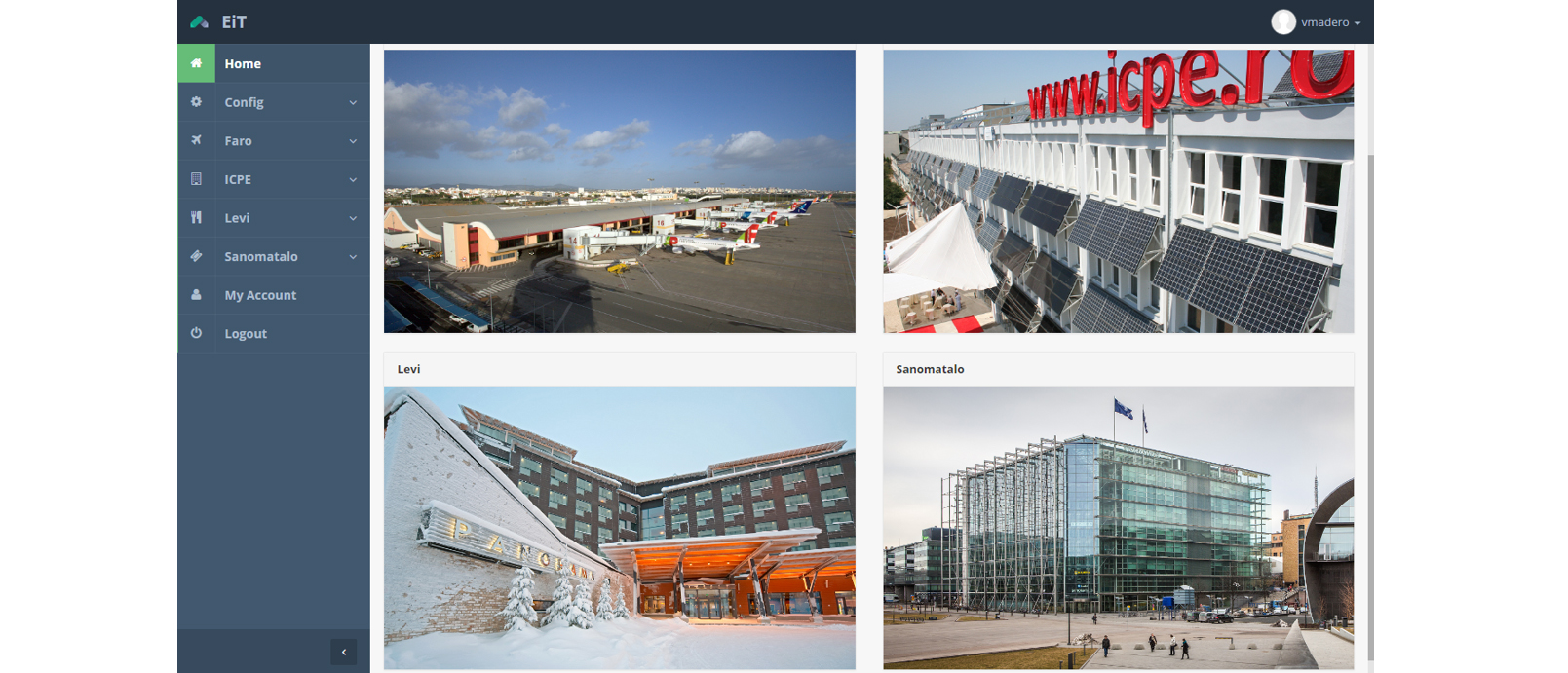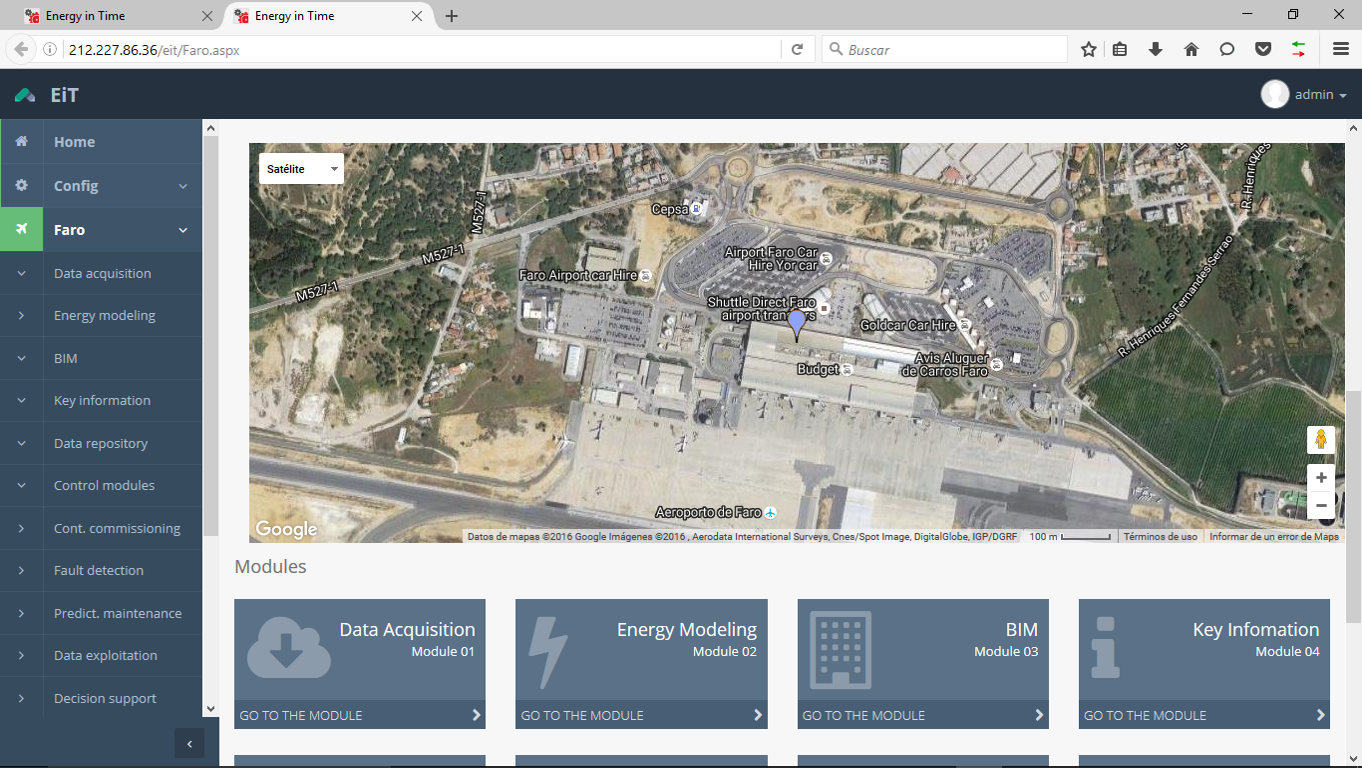When the technological solution is under development and, especially, when the global solution consists of various systems, it is very important to test them to ensure they work correctly and to obtain the results that justify the efforts related to R&D projects.
In the Energy in Time Project we foresaw the demo sites on which to prove buildings energy demand and consumption since it can be influenced by internal and external factors, such as design, construction materials, climate and users’ behavior, among others. The four demo buildings chosen for such purpose are of different typologies but all of them classified as non-residential. They are located in different climatic zones, that is: in Bucharest (Romania), Faro (Portugal), Helsinki and Levi (Finland). Besides that, since the EiT Project is divided into various modules, the methodologies presented in these modules are applied differently to the assigned demo site.
Here are the most important data about our demo sites.
1. The Airport located in Faro, Portugal
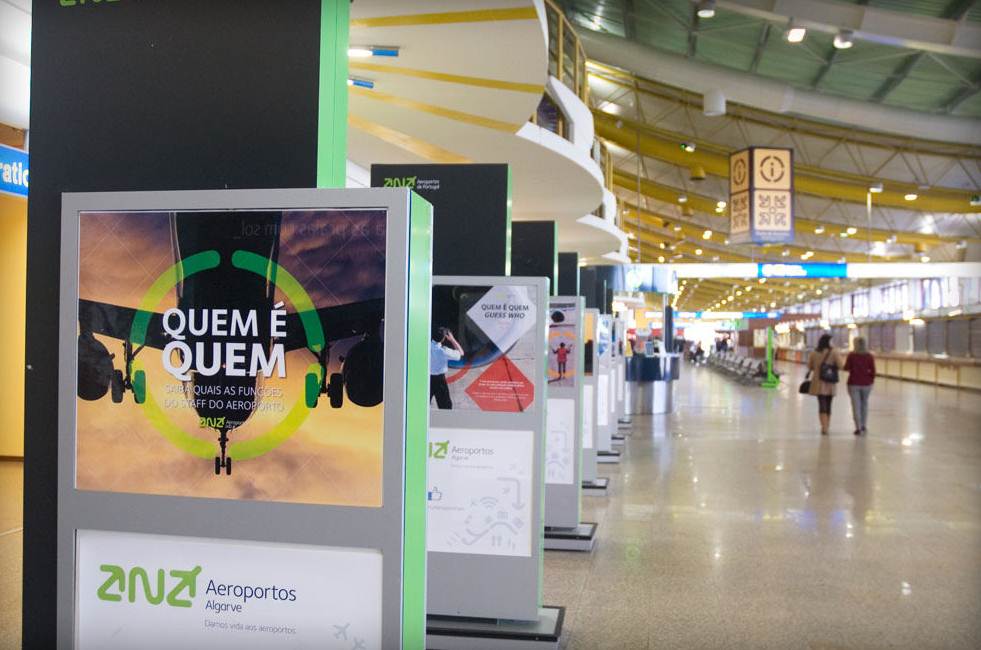
| Area | Built in | Characteristics | Methodology used |
| 41.000 m2 | 1965/1989/2001 (latest refurbishment) | Open spaces with big flows of people at certain times of the day, 6 million of passengers daily. Principal energy source: electricity | -Optimal Operation Plan Generator for cooling mode.
-Fault Adaptive control for simulation. -Fault Detection and Diagnostics. |
2. Offices and Test Labs Building located in Bucarest, Romania
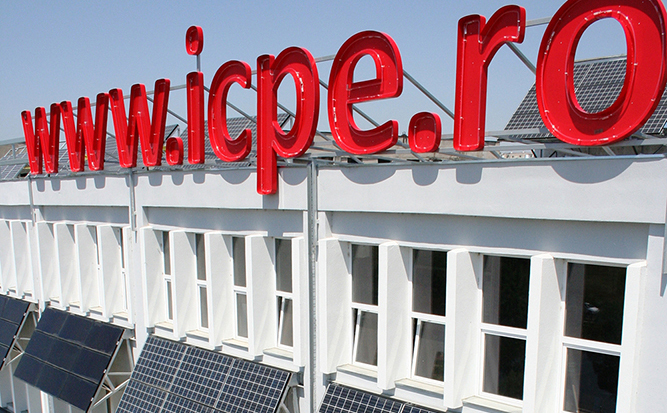
| Area | Built in | Characteristics | Methodology used |
| 17.384 m2 | 1982 | Closed and distributed spaces with constant flows of people and scheduled occupancy. Principal energy source: solar, district heating. | -Optimal Operation Plan Generator for heating mode.
-Fault Adaptive control for simulation. -Fault Detection and Diagnostics. |
3. Commercial and Office Building located in Helsinki, Finland

| Area | Built in | Characteristics | Methodology used |
| 42.734 m2 | 1999 | Open spaces and distributed spaces with aprox. 1400 of people working daily and scheduled occupancy. Principal energy source: district heating. | -Fault Diagnostics implemented to the variable air volume system.
-Fault Adaptive control for simulation. -Optimal Operation Plan Generator for heating mode. -Model on demand Control for heating mode. -Continuous Commissioning methodology. |
4. Hotel located in Levi-Lapland, Finland
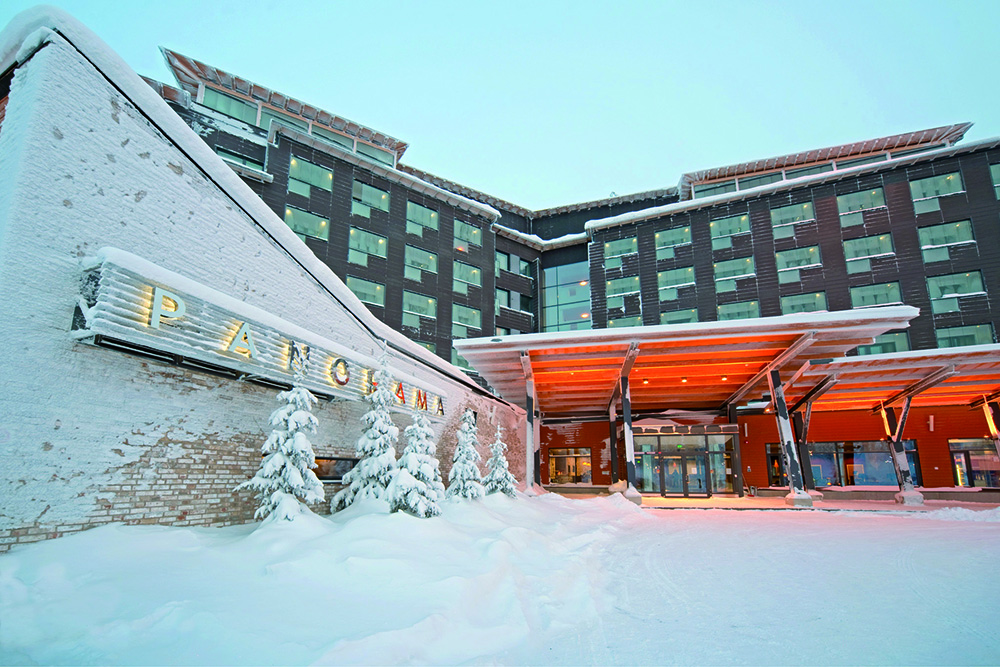
| Area | Built in | Characteristics | Methodology used |
| 42.500 m2 | 2010 | Distributed spaces, seasonal occupation, 170 guest rooms. Principal energy source: district heating. | -Optimal Operation Plan Generator for heating mode (decision support).
-Fault Adaptive control for simulation. -Fault Detection and Diagnostics. -Predictive Maintenance (the goal is to detect the correct time for maintenance and reduce over-maintentance). |
The expected impact is to achieve energy efficiency tangible optimization in buildings. Energy IN TIME goes beyond existing building control techniques and presents an innovative solution for building control and management contributing to building operation energy and maintenance costs with savings of up to 20% over traditional energy consumption. Starburst Casino resides in cyberspace, which is infinite. If you want to take full advantage of every single thing online casino offers, it pays to download Starburst. Thus, we detected the two most important goals, the so-called the ‘W2 goals’ of the EiT solution:
(1) When? That is, ensure energy consumption IN TIME, only when really needed
(2) What? That is, consume only what is really needed.
The demonstration phase enables us to test function and feasibility of the developed systems, besides energy audit carried out on the demo sites.











